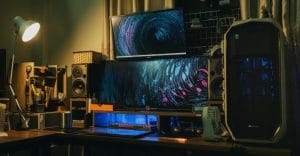Table of Contents
Are you looking for a monitor but don't know where to start?
Don't fret. It happens. These days, you can spend the whole day reading one online review after another on what to look for in a gaming monitor, and you'll end up more confused than when you started. But does the type of gaming monitor you pick even matter?
Yes, it does. Upgrading my gaming monitor from a 60Hz refresh rate to a 144Hz helped me see things faster and gave me a competitive edge. So, find the best gaming monitor for you after reading this review.
Whether you are a professional or casual gamer, your gaming monitor choice could mean the difference between your victory or loss. What do you consider to ensure the monitor for gaming you saw on an online store is the best? Are you looking for the best console gaming monitor, like the best gaming monitor for Xbox One X, Xbox Series X, or the best gaming monitor for PS4? Read on!
Note, we may earn an affiliate commission for products you purchase through our links.
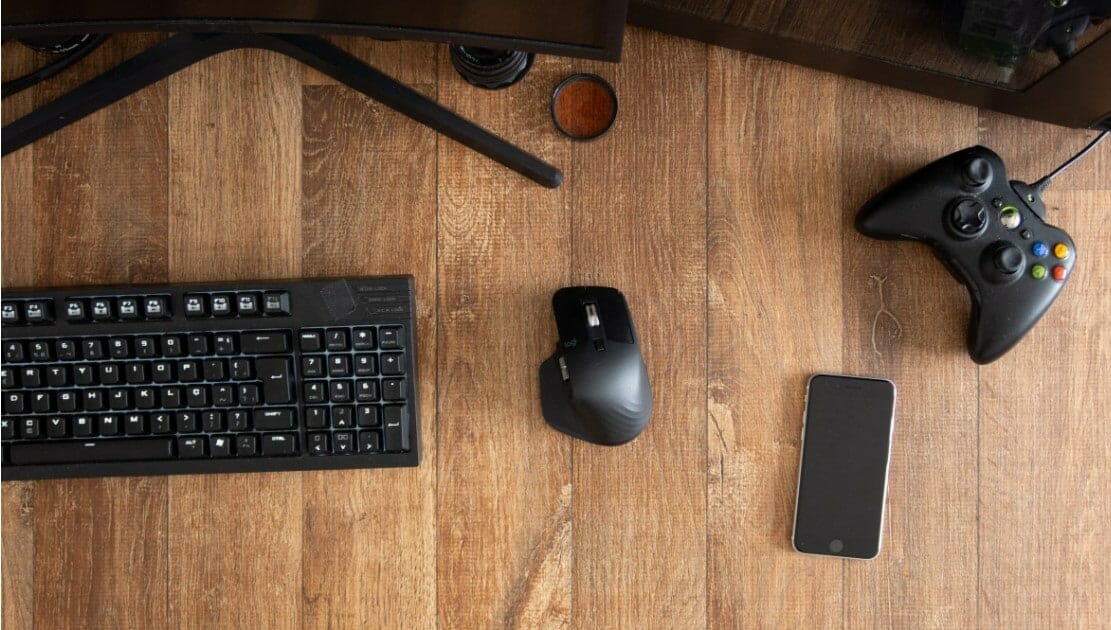
Factors to Consider While Looking for a Gaming Monitor
If you are in the market for a gaming monitor (see our Dell S3219D review), you've realized that they come with different features and specifications. For instance, the response time, graphics card, and pixels will differ from one monitor to the other.
If you want to land on the best gaming monitor for the best gaming or flight simulation experience, it helps when you know what you are looking for. To make the most out of gaming computer monitors and buy the best one, we suggest visiting our 'What is Computer Monitor?' post, as well.
So, what features do you consider in gaming monitors? If you aren't looking to break the bank, pick the best budget gaming monitor (see also Sceptre E275w-1920), or on a bit steeper side, check out the best gaming monitor under 500 bucks.
Refresh Rates
What does a monitor's refresh rate refer to, and why does it matter?
Refresh rates refer to the number of times a monitor screen updates with new images each second. It is measured in Hertz (Hz). A high refresh rate, such as 144Hz, offers a faster response time, leading to smoother delivery of visuals. A desktop monitor has a standard 60Hz refresh rate, but you can get gaming monitors with a 120Hz, 144Hz, or 240Hz refresh rate - and while at it, is a 240hz monitor worth it?
Do you need a monitor with high refresh rates and response times?
If you work in an office and spend most of your time replying to emails, managing spreadsheets, and preparing documents, a higher refresh rate may not be necessary. However, if you are in the creative industry or gaming, a high refresh rate is invaluable.
If you want to get a high-end gaming experience, it would be best to combine a high resolution with the best refresh rate for gaming and response time. It should draw images in pixels fast such that you won't notice it. If you go for a gaming monitor with a 1080p resolution and 144Hz refresh rate, you enjoy the clarity of images by eliminating ghosting and blurry images.
Plus, higher refresh rates and response times allow you to enjoy high frame rates. A gaming PC can generate a high number of frames per second. Therefore, you need a monitor with a high refresh rate to see the frames.
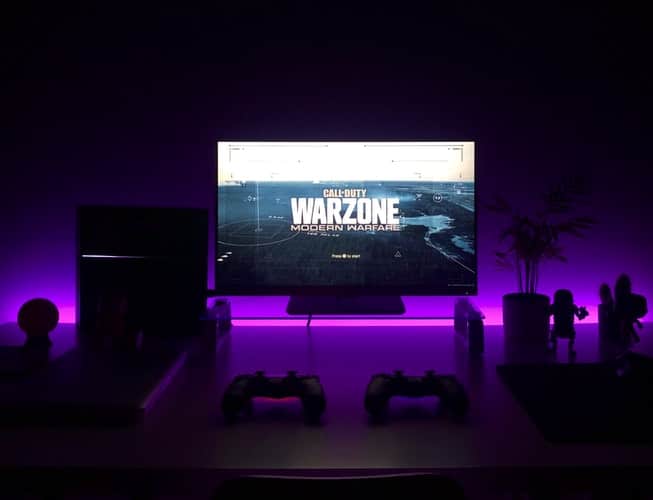
Screen Size
When it comes to gaming monitors, the screen size does matter. Most people opt for the best 32 inch gaming monitor, or if you are tight on space, the best curved gaming monitor is the one to look for (see Samsung LC32f397FWNXZA Review and Samsung LU32R590CWNXZA post).
The higher the screen real estate, the better. For instance, if you go for a 27" monitor, you can go beyond the Full High-Definition with a 1920 x 1080p maximum. You can also get 27 inches monitors with Wide and Quad High-Definition (WQHD) with a 2560 x 1440p resolution. The higher resolutions guarantees more lifelike images than Full HD. On the other hand, monitors smaller in size like this 21.5'' HP monitor here, are not necessarily bad for gaming, as they often come with high refresh rate, response time, and high resolution.
If you have more desk space, you may want to go for a bigger size display. For example, if you go for 34" ultrawide monitors, you can enjoy an impressive 3840 x 2160p resolution and 21:9 aspect ratio (see 'What is Aspect Ratio?' post). It offers you a wide variety of viewing angles such that you don't miss any detail on display. You also get quality images irrespective of your viewing position.
If you go for a bigger size screen, keep in mind that it might cost you more. Thus, ensure you have the budget for it. On a related note, if you are still in two minds about your next monitor's size, 'Best Size Monitor for Gaming' post will help you resolve that dilemma.
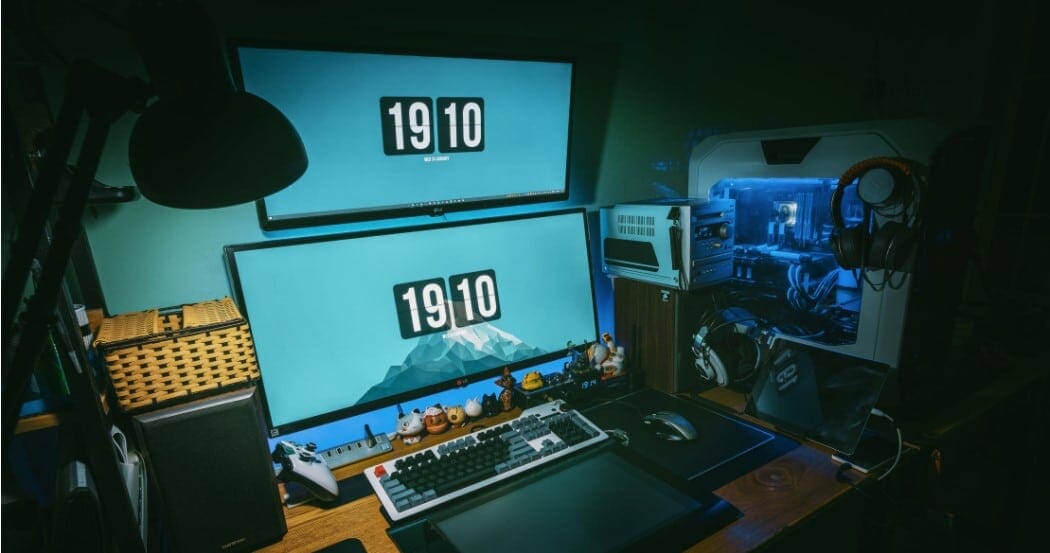
Panel Types
When considering what to look for in a gaming monitor, don't forget the panel type.
Panel technologies come in various types, and each has its pros and cons.
For instance, you can go for the Twisted Nematic (TN) panels. They offer faster responsiveness, and they are also affordable due to their low manufacturing cost. As such, they are the most popular among gamers. Some TN panel monitors have enhanced their panel technology to a 120Hz refresh rate. Thus, they allow you to take advantage of the 'active 3D shutter' technologies for a high-end gaming experience.
However, with TN panels, you can experience color shifting, especially when looking at the monitor from an angle.
Alternatively, you can go for the Vertical Alignment (VA) panels (see AOC C24G1 Review and AOC U3477PQU Review) that are popular for their robust colors, high native contrast ratio, and the ability to display deep blacks. However, with a VA panel monitor, you may experience ghosting effects we explained here, leading to a frustrating gaming experience.
The In-Plane Switching (IPS) panels offer wide viewing angles, all-around color quality, and strong gray-scale performance. However, an IPS monitor cannot offer a pixel response like that of TN panels. Also, IPS panels are subject to motion artifacts.
FreeSync, Adaptive Sync, and G-Sync
Do these words sound alien to you?
Sometimes you may have a situation where the frames per second and the refresh rate in your gaming monitor don't sync (see adaptive sync definition here). This results in screen tearing which frustrates your gaming experience.
Freesync and G-Sync were developed by Nvidia and AMD, respectively, to deal with tearing issues, which was addressed succesfully with the introduction of VSync syncing technpology.

So, are they compatible with all graphics cards? Which one should you go for between Nvidia G-Sync and Freesync?
Your choice will depend on the one that your graphics card supports. Although the two do the same work and have several similarities, they have a few differences that distinguish them.
For instance, Nvidia's G-Sync is only compatible with Nvidia's graphic processing unit (GPU) and compatible displays. G-Sync is a little expensive than Freesync as it requires dedicated hardware in the display for it to function well, for which we recommend reading our G-Sync guide.
AMD Freesync is also compatible with AMD graphic processing units (GPU) and compatible displays. Unlike G-Sync, Freesync doesn't require you to have dedicated hardware built-in in your display. It only requires that the display is compatible with the latest DisplayPort standards.
Sync Freesync monitors and G-Sync don't cause input lag, and they keep your fps and refresh rate synchronized. We explained FPS vs Hz in detail and you should check out the FPS vs Resolution post, as well.
Screen Resolution
Should you worry about the resolution of the type of monitor you want to purchase?
Yes, you should. The resolution is a vital factor to consider as it affects image quality. The higher the quality of the images, the more lifelike they are, and the more you can immerse yourself in the game.
A higher resolution results in a better graphical output.
Note, if you want a high resolution, make sure you have a graphics card that can handle it. For instance, not every graphics card can run a 1440p resolution because of the pixel density it needs to render.
To achieve the best experience, you should go for a higher resolution screen, say 1440p or 1080p. A high resolution ensures it's impossible to miss any detail on the monitor even when playing fast-paced games like League of Legends or Fortnite.
Combine that with a fast response time, and you will enjoy even 4k gaming without any motion blur (we also reviewed this solid 4k monitor from Asus).
Color
If you are in the market sampling various monitors, ensure the monitor has pixels that offer the best colors.
If you get one that offers the best colors, you enjoy lifelike images for the most immersive experience.
To determine if the monitor offers high-quality colors, you should pay attention to various aspects, including color gamut, color reproduction, brightness, etc.
For instance, it would best if you get one with a high dynamic range (HDR). HDR is the range between the brightest whites and the deepest blacks. With the black to the white range, you can see an opponent hiding in the darkest corridors, enabling you to react accordingly.
On the other hand, the exterior color of the monitor is important as well. You'll want a monitor like one of these best white gaming monitors to suit almost any environment.
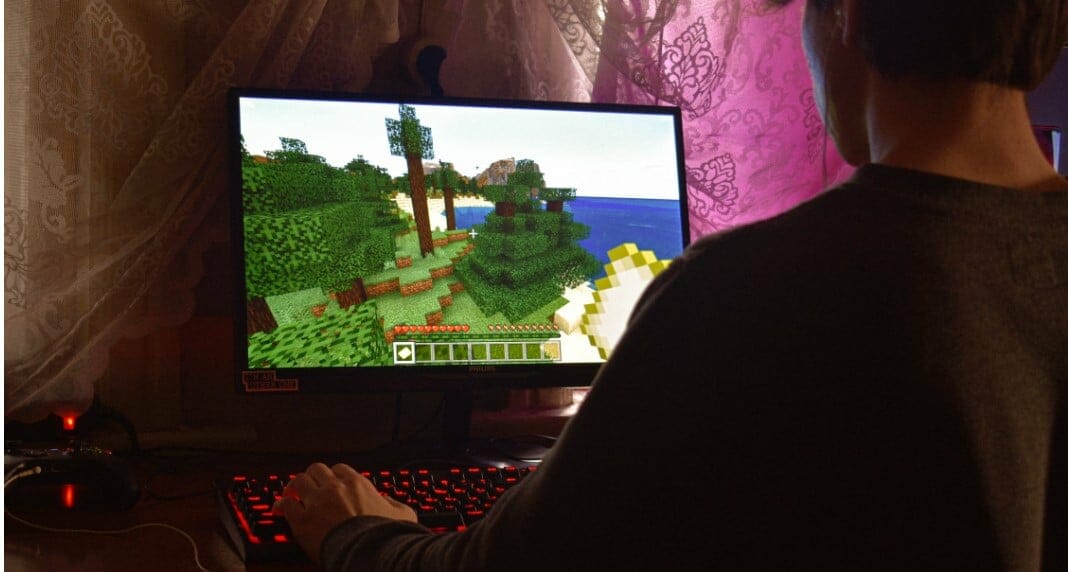
Comfort
If you are looking for the best monitor for playing games, comfort is of the essence.
Look at it this way. Imagine you have a monitor that doesn't allow you to adjust or tilt? You would have to struggle using it in one position even with prolonged use.
Would you enjoy a good gaming experience with a monitor that makes your eyes uncomfortable?
As such, as you look for a monitor, ensure that it is flexible enough. It should allow you to adjust the height to a comfortable setup. You should also be able to tilt, pivot, and swivel the monitor to enjoy comfort even with prolonged use.
Additionally, the monitors should feature eye care technology to keep your eyes safe. It will help if the monitor has a technology that minimizes blue light emission and is flicker-free. Thus, your eyes will be free from irritation, fatigue, and discomfort.
Price
Of course, your choice of a monitor should be within your budget. Different factors determine the prices of different monitors.
For instance, an ultrawide monitor offers an extended field of view. However, it may cost you more to purchase one.
The features of the monitor may also affect its pricing. You can get a monitor with a fast gray-to-gray pixel and less on other features at a reduced price.
The price will also vary depending on whether a monitor features Freesync or not and requires dedicated built-in hardware.
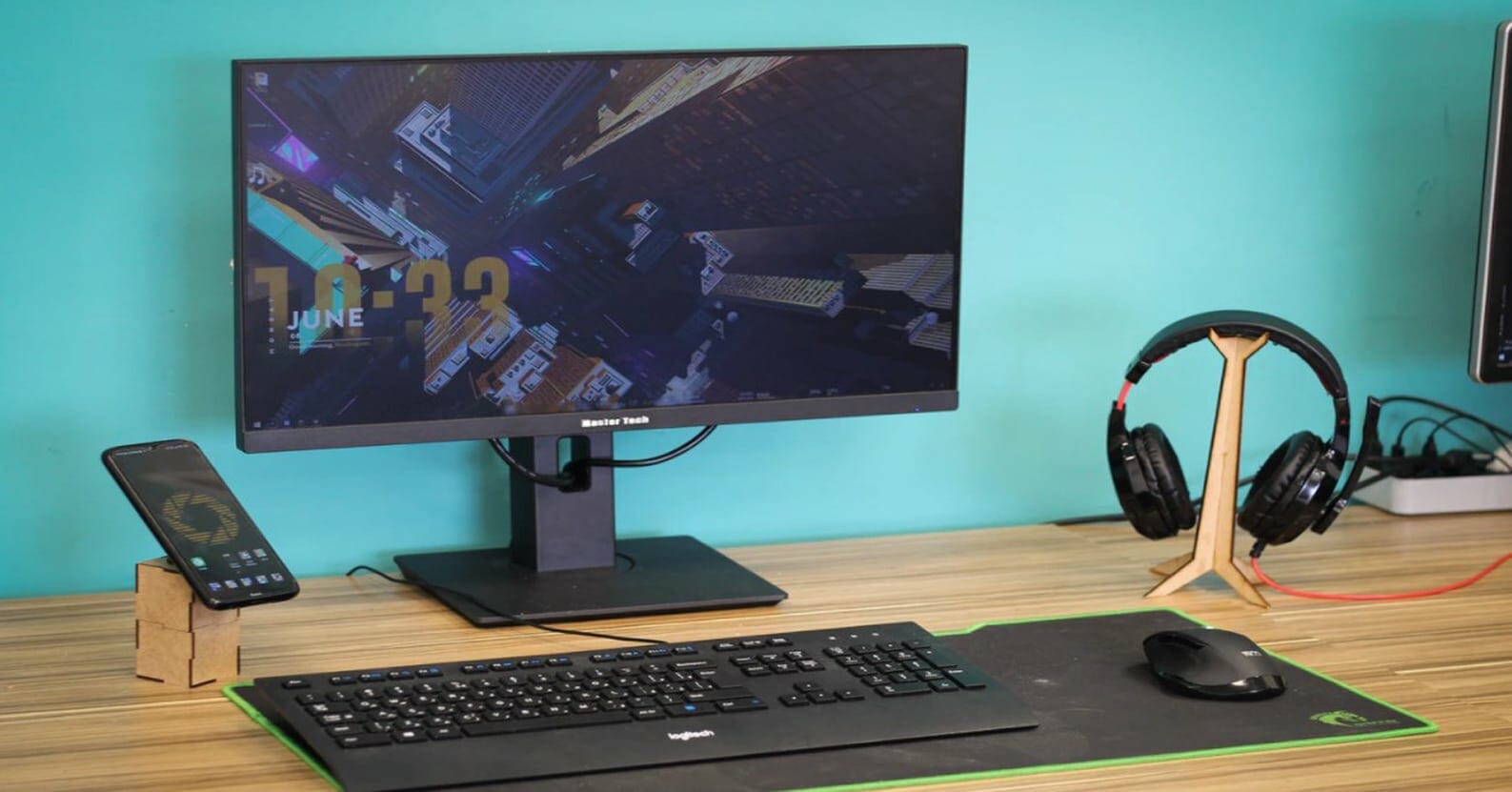
Conclusion
There you have it. If you were lost on what to look for in a gaming monitor, look no further. We have gone into detail about most factors you need to consider, including response time, among others. Your choice will depend on your needs and preferences.

